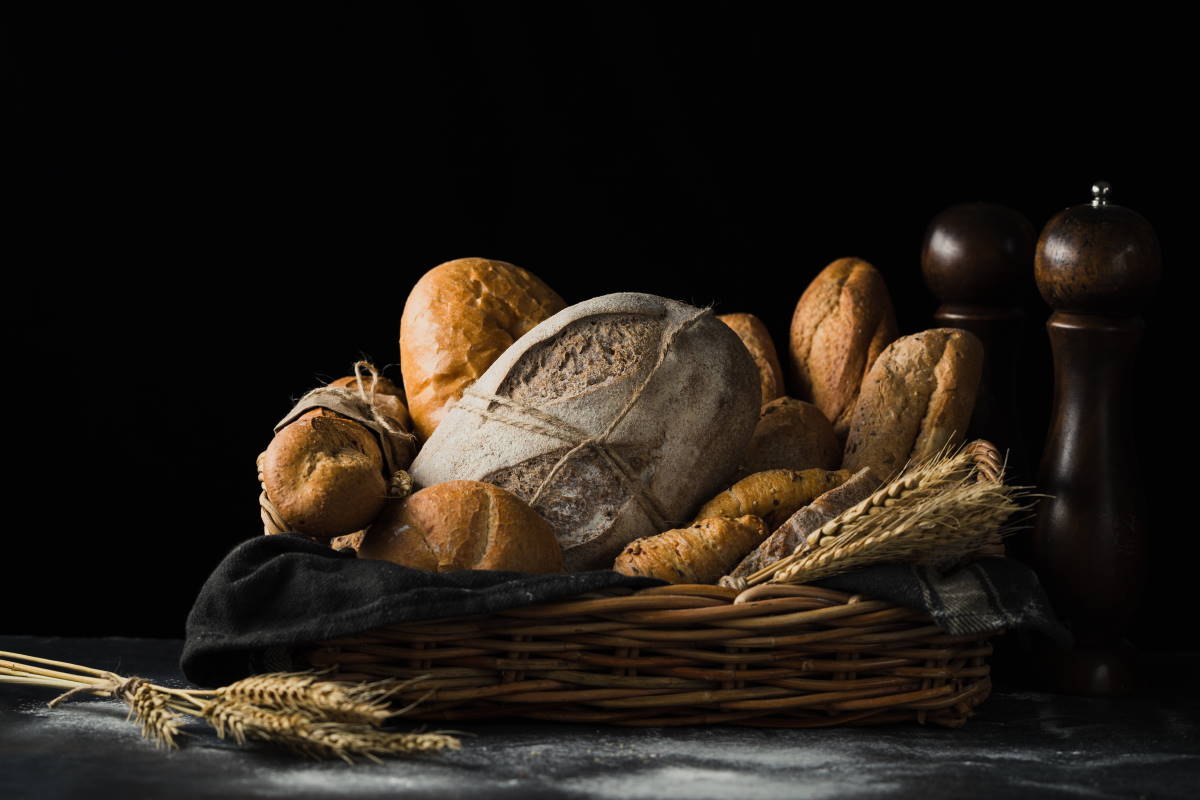
Fructans are a collective name for a chain of sugars, comprising only fructose sugar molecules. Longer fructose chains that contain more than 10 fructose molecules are known as Inulin while shorter chained fructans that contain anywhere between 2-9 fructose molecules are known as fructooligosaccharides (FOS). Fructans are found in a variety of natural foods like fruits, vegetables, and cereal-based products.
Let’s take a deeper look at
Fructans are a collective name for a chain of sugars, comprising only fructose sugar molecules. Longer fructose chains that contain more than 10 fructose molecules are known as Inulin while shorter chained fructans that contain anywhere between 2-9 fructose molecules are known as fructooligosaccharides (FOS). Fructans are found in a variety of natural foods like fruits, vegetables, and cereal-based products.
Let’s take a deeper look at
We lack the necessary enzymes to break down these long chains of fructose. Remember, the longer chains of fructose are known as inulin (more than 10) and the shorter chains of fructose are known as FOS (2-9 fructose molecules). We are not able to digest fructans in the small intestine. This means they travel along to the large intestine, where our gut microbes break them down for us. The bacteria in our gut have the necessary enzymes to ferment these undigested sugars. As they are broken down, gases (like hydrogen) and other important fermentation products (like short-chain fatty acids – SCFAs) are produced.
As all humans are unable to absorb fructans as part of the normal digestive process (which happens in the small intestine), these sugars will always arrive intact in the large intestine. However, your unique gut microbiome composition will determine how much fermentation will happen and what happens to the gas afterward. Some bacteria like to consume hydrogen and make other important products. A rapid build-up of gas can be quite debilitating for those with a sensitive gut. They can often experience bloating, gas, and abdominal pain. It is important to identify your unique tolerance, as this can vary considerably from person to person.
The answer is yes! Hydrogen breath testing with your FoodMarble AIRE is a quick, non-invasive way to assess your tolerance to these sugar alcohols. With our Food intolerance kit, you can test your tolerance levels to all four hard-to-digest FODMAPs in just 6 weeks, as well as get access to many exclusive app features.
The inulin sachet that comes with 6WDP contains 10g of sugar, which you mix with water and drink. Then you measure your breath hydrogen levels every 15 minutes for the next three hours.
It is also important to assess your level of symptoms during and especially after the testing period. In many cases, an increase in breath hydrogen may occur before you experience symptoms. Inulin is a long-chained sugar molecule, meaning it can travel quite slowly through the digestive system. This is especially important for those with IBS, as they might find that they experience symptoms much later in the day. This is because it can take some time for the gases to build up.
If you have completed an inulin breath test and experienced symptoms, we recommend you try repeating the test (when you have no symptoms) but using a much lower dose, like 5g.
Inulin and FOS can also be added to processed foods, so it is always important to check the ingredients list. Many people unnecessarily avoid gluten (a protein found in wheat products), because they experience digestive symptoms after eating wheat-based products. Maintaining a gluten-free diet is only required if you have been diagnosed with coeliac disease. Potentially the source of your digestive issues is the presence of fructans in foods, rather than gluten.
FoodMarbles FODMAP Testing Kit is a great way to find the foods that are right for your body. If you are looking to find the root cause of your digestive issues check out our AIRE device and FODMAP Testing Kit.

PhD Microbiologist
Be the first to discover our latest articles, tips, and recipes
